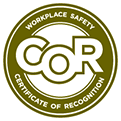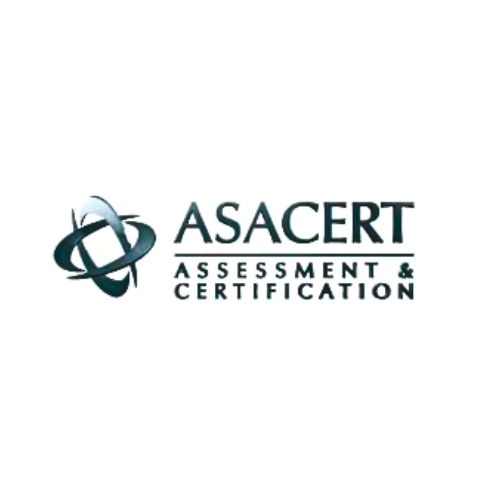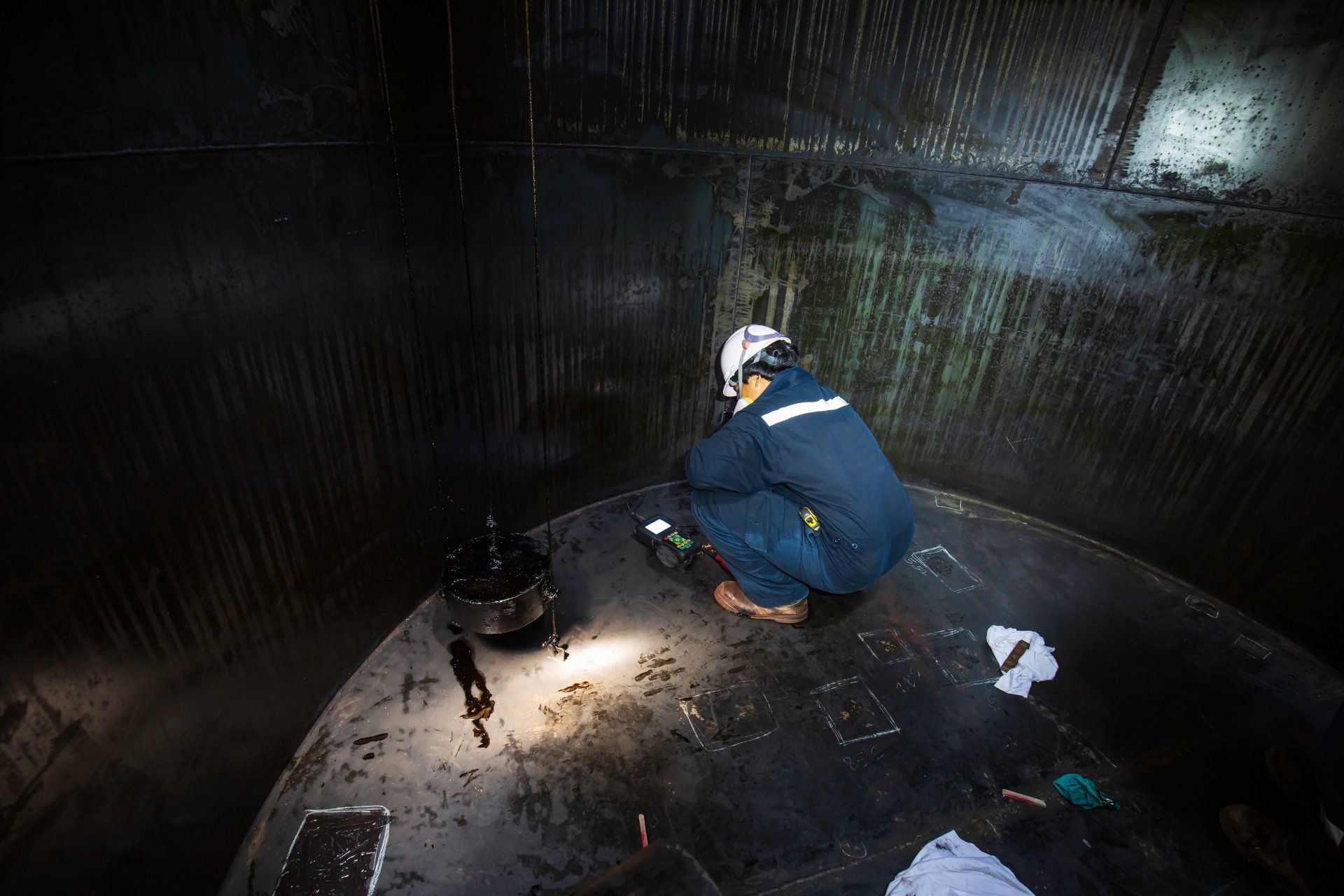4710-97 Street NW, Edmonton, AB
621 North Vickers St, Thunder Bay, ON
1185 Michener Road, Sarnia, Ontario, N7S 4B1
Corrosion Mapping
Corrosion Detection and Monitoring
Corrosion monitoring is critical in detecting early warning signs of damage and degradation of metallic structures and components in tanks, pressure vessels and pipes. When corrosion is detected to be occurring it is critical to monitor risk factors.
Nearly every processing plant uses above ground storage tanks as a critical infrastructure. Eagle eye NDT has the experience to establish the necessary detection and monitoring programs and regular reporting that can reduce risk, and monitor fitness for service.
MAP SCAN
Map scan is the process of mapping a grid pattern on the subject tank, pipe, or vessel. Once mapped, each section is subjected to the appropriate scan looking for indications. Risk indicators include remaining wall thickness, the presence and growth of mid-wall anomalies or flux leakage on floor surfaces.
One significant feature of a comprehensive corrosion monitoring program performed using Map Scan techniques and the latest technology, is regular evaluation and reporting of the fitness of for service of any piece of equipment. Since corrosion can cause a degradation in performance and an increase in risk, it is important to have a managed inspection schedule.
Corrosion Mapping
Corrosion mapping quantitatively inspects a material where oxidation or erosion has reduced its thickness. Corrosion mapping uses an arranged grid of data collected over a specific area. Depending on the requirements and equipment used, a variety of resolutions and techniques are used.
This conventional procedure when conducting a corrosion inspection is to use scanners on each grid section to find indications of the presence of mid-wall anomalies and remaining wall thickness. These examinations are performed on storage tanks, pressure vessels or any other metallic structure.
Tank Floor Scanning-Magnetic Flux Leakage Scanning
Tanks floor scanning provides reliable and economical results. Tank floor scanners use a strong magnetic field to detect indications of pitting and corrosion, while only needing access to one side of the floor surface. This makes tank floor scanning reliable and economical results.
Strong magnets in close proximity to the floor will show magnetic flux leakage where there is corrosion or pitting. Sensors will alert technicians in real time when indications occur so they can record and examine further.
As with other forms of map scanning, the entire surface is scanned in a grid. Reported and recorded indications and areas of concern are later subject to ultrasound review to verify the wall loss, pitting, and other corrosion indications.
Ultrasonic Magnetic Crawler For Tank Shell Inspection
The more expensive the tool, the better the results, certainly applies to the Ultrasonic Magnetic Crawler. It has many advantages that all result in lower overall costs by removing labor intensive requirements like scaffolding and rope access.
Crawlers have the ability to crawl the surface areas under inspection and read and report with a higher resolution. Just slap these on the side of a tank, and watch the accurate reports develop in real time. Digital storage of all recording ensures that there are no data transposition errors or accidental miss recording of data. Flat surfaces, as well as cones and other rounded surfaces can be examined.
621 North Vickers St, Thunder Bay, ON
P7C 4B9
1185 Michener Road,
Sarnia, Ontario, N7S 4B1

Slide title
Write your caption hereButton
Slide title
Write your caption hereButton
Slide title
Write your caption hereButton
Slide title
Write your caption hereButton
Slide title
Write your caption hereButton

Slide title
Write your caption hereButton
©2021 Copyright | All Rights Reserved | Eagle Eye NDT




